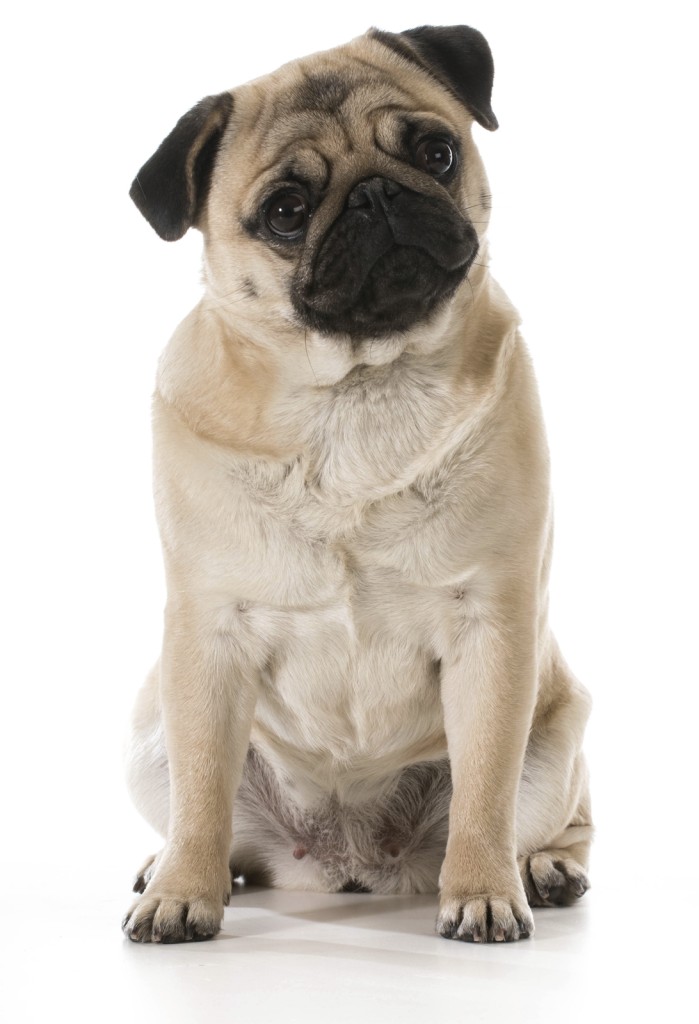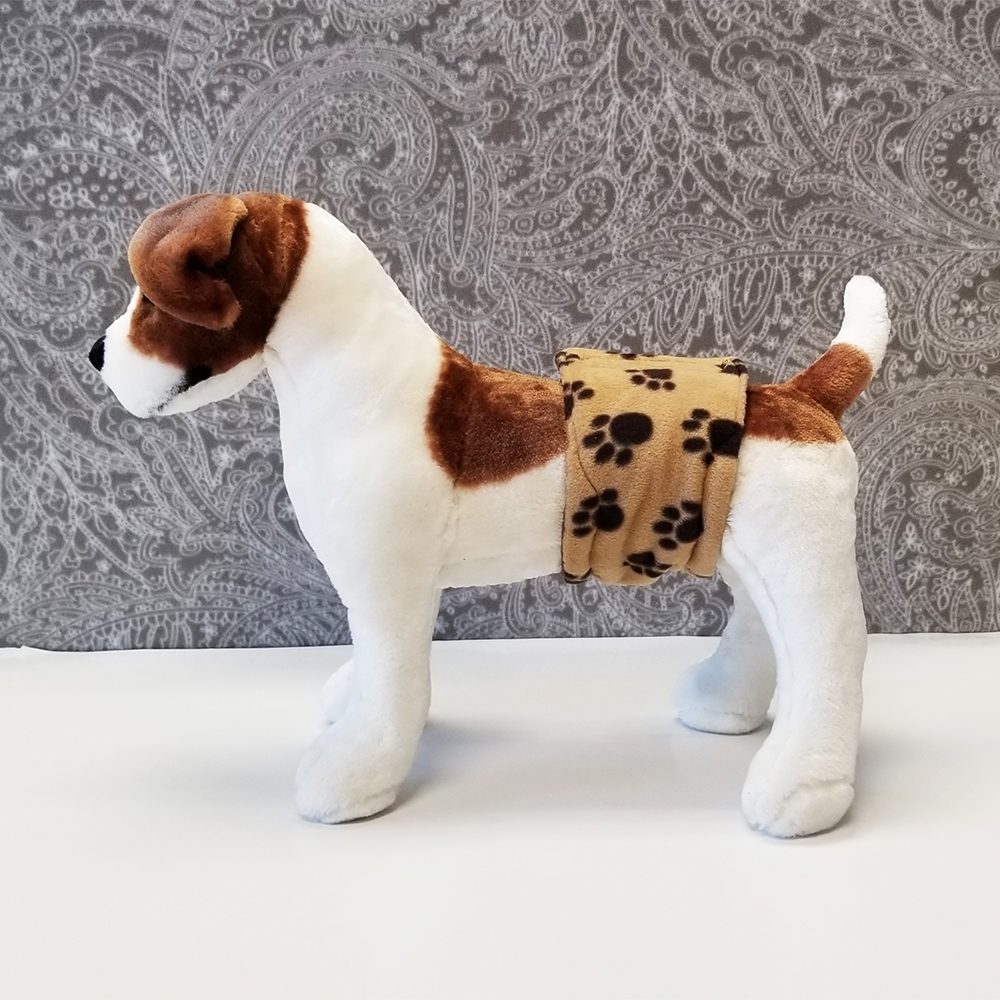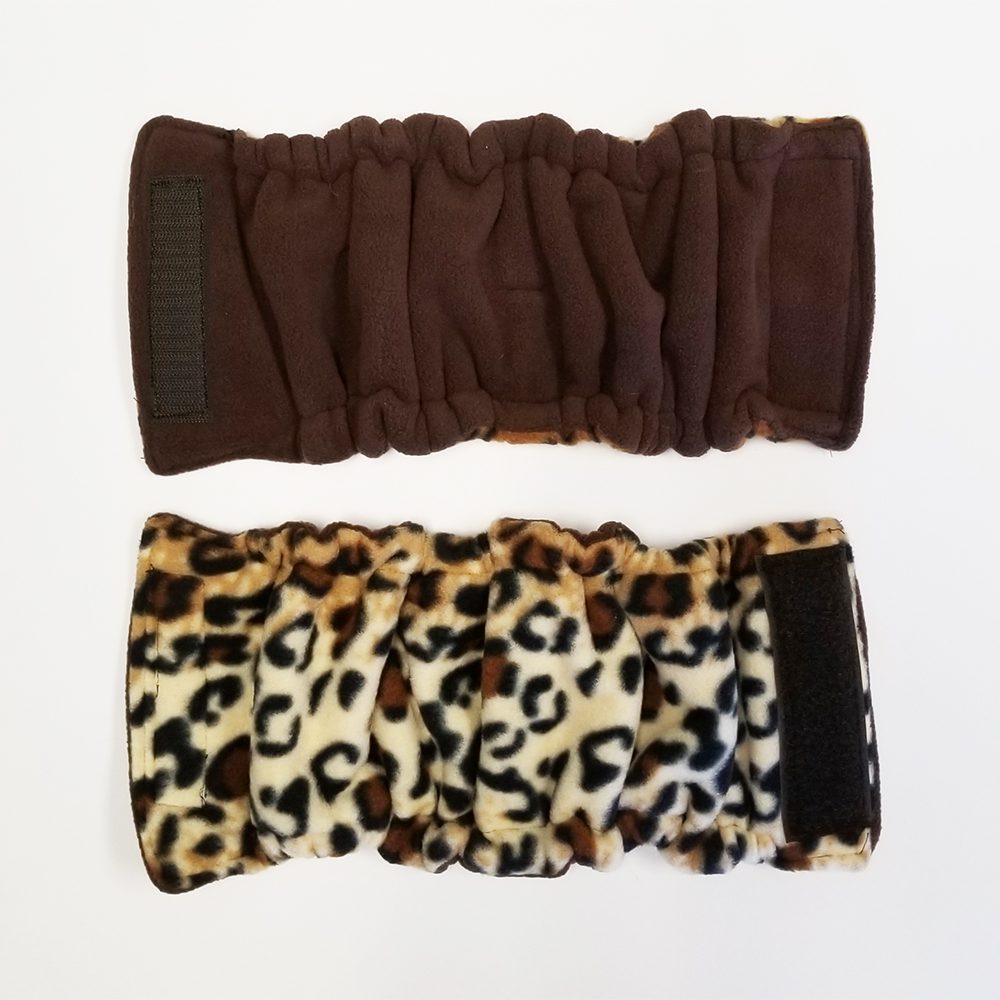Pug

Pug: The Charming and Expressive Small Companion
Welcome to the comprehensive guide on the Pug, a breed beloved for its distinctive face, compact size, and affectionate personality. This page explores the world of the Pug, a small breed adored for its playful demeanor, loving nature, and unique appearance, making it a favorite among dog lovers for both companionship and light-hearted fun.
Overview
Height: 10-13″
Weight: 14-18 pounds
Colors: fawn; black
Life Expectancy: 12-15 years
Group: Group
________________________________________
Physical Characteristics
- Distinctive Facial Features: Pugs are known for their short-muzzled face, large expressive eyes, and deep wrinkles, giving them a unique and endearing appearance.
- Compact and Sturdy Build: Pugs are small, sturdy, and muscular with a fine, glossy coat that comes in a variety of colors, most commonly fawn or black.
Temperament and Personality
Pugs are renowned for their cheerful, friendly, and affectionate nature. They are social butterflies who love to be around people and are known for their charming and mischievous behavior. Despite their small size, they have a big personality and often become the center of attention in any household.
Training and Exercise Needs
- Training: Pugs are intelligent and can be trained with positive reinforcement techniques. Consistency and patience are key as they can be a bit stubborn at times.
- Exercise: Moderate exercise, such as short walks and playtime, is sufficient to keep them healthy and happy. They are also content with indoor activities and enjoy being part of family gatherings.
- Mental Stimulation: Mental engagement through interactive toys and games is important to keep their minds active.
Health and Nutrition
- Diet: A balanced diet suitable for a small, moderately active breed is important. Regular veterinary check-ups can help maintain their health.
- Common Health Issues: Pugs can be prone to specific health issues, including breathing problems due to their brachycephalic face, as well as skin allergies and obesity. Regular health screenings and attentive care are crucial. Some problems that can affect the breed include allergies, demodex mange, breathing problems, pigmentary keratitis, PRA, cataracts, dry eye, epilepsy, hip dysplasia, luxated patellar, leggs perthes. Dog Health Dictionary
Grooming and Care
- Coat Maintenance: Their short coat is easy to groom but requires regular brushing to manage shedding.
- Special Care Needs: Due to their facial structure, special attention should be given to cleaning their wrinkles to prevent irritation or infection.
Living with a Pug
- Family Compatibility: Pugs are excellent with families and adapt well to various living environments, including apartments.
- Adaptability: They are adaptable and can thrive in both active and calm households, as long as they receive sufficient attention and care.
- Companionship: Pugs form deep connections with their owners and thrive on companionship, often following their family members from room to room.
- Responsible Ownership and Adoption
- Selecting a Breeder: Choose breeders who prioritize health, particularly concerning the breed’s specific issues, and temperament.
- Adoption Options: Considering adoption from shelters or breed-specific rescues is a great way to provide a loving home to a Pug in need.
.
Conclusion: The Pug, with its expressive face, loving nature, and sociable personality, is an ideal breed for those seeking a small, affectionate, and playful companion. Their adaptability and endearing charm make them a beloved pet in many homes across the world.
Housebreaking
PUPPY HOUSEBREAKING tips: https://www.dog-breeds.net/puppy-housebreaking/
ADULT MARKING AND RETRAINING tips: https://www.dog-breeds.net/dog-housebreaking-marking-page/



